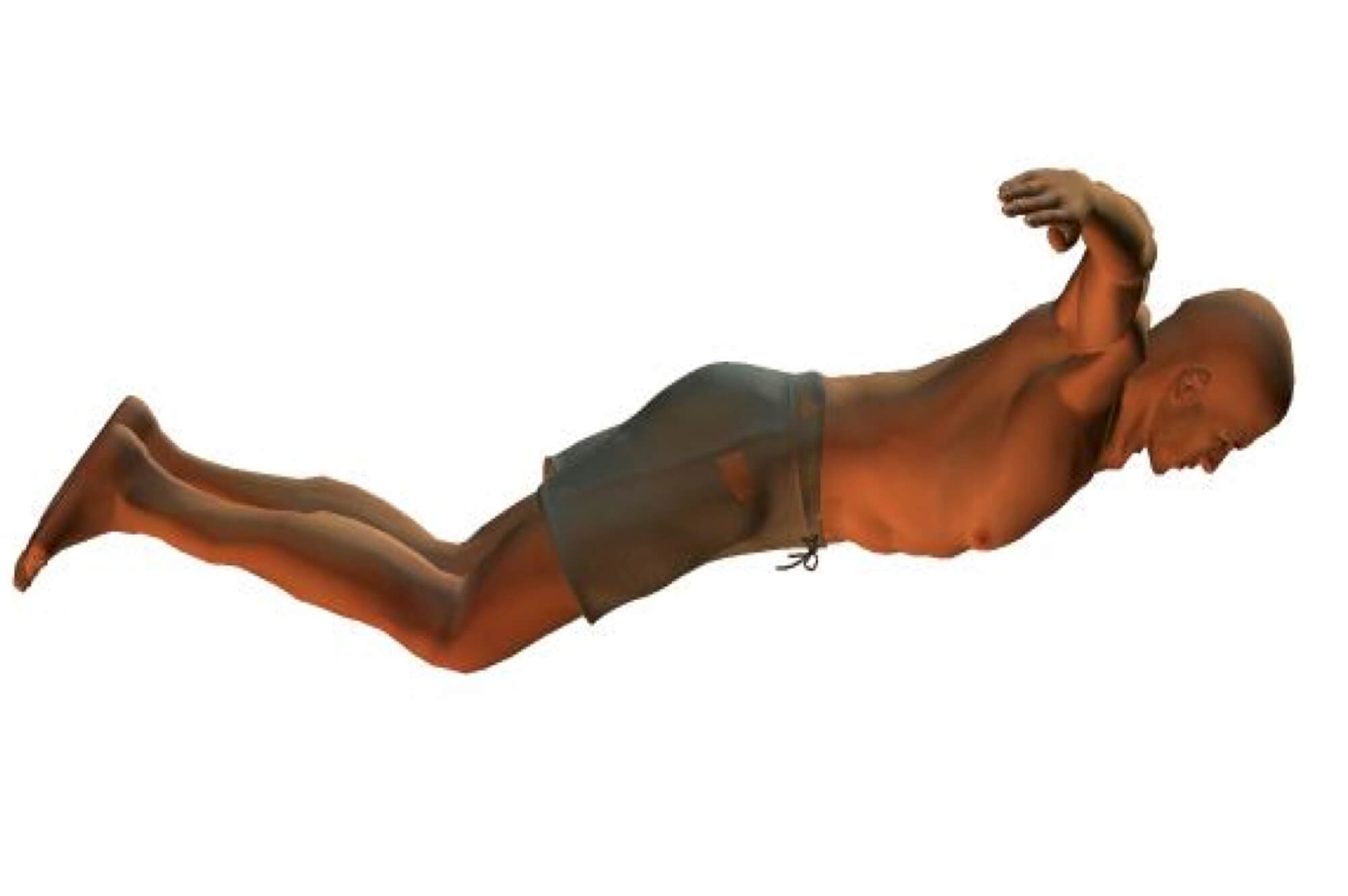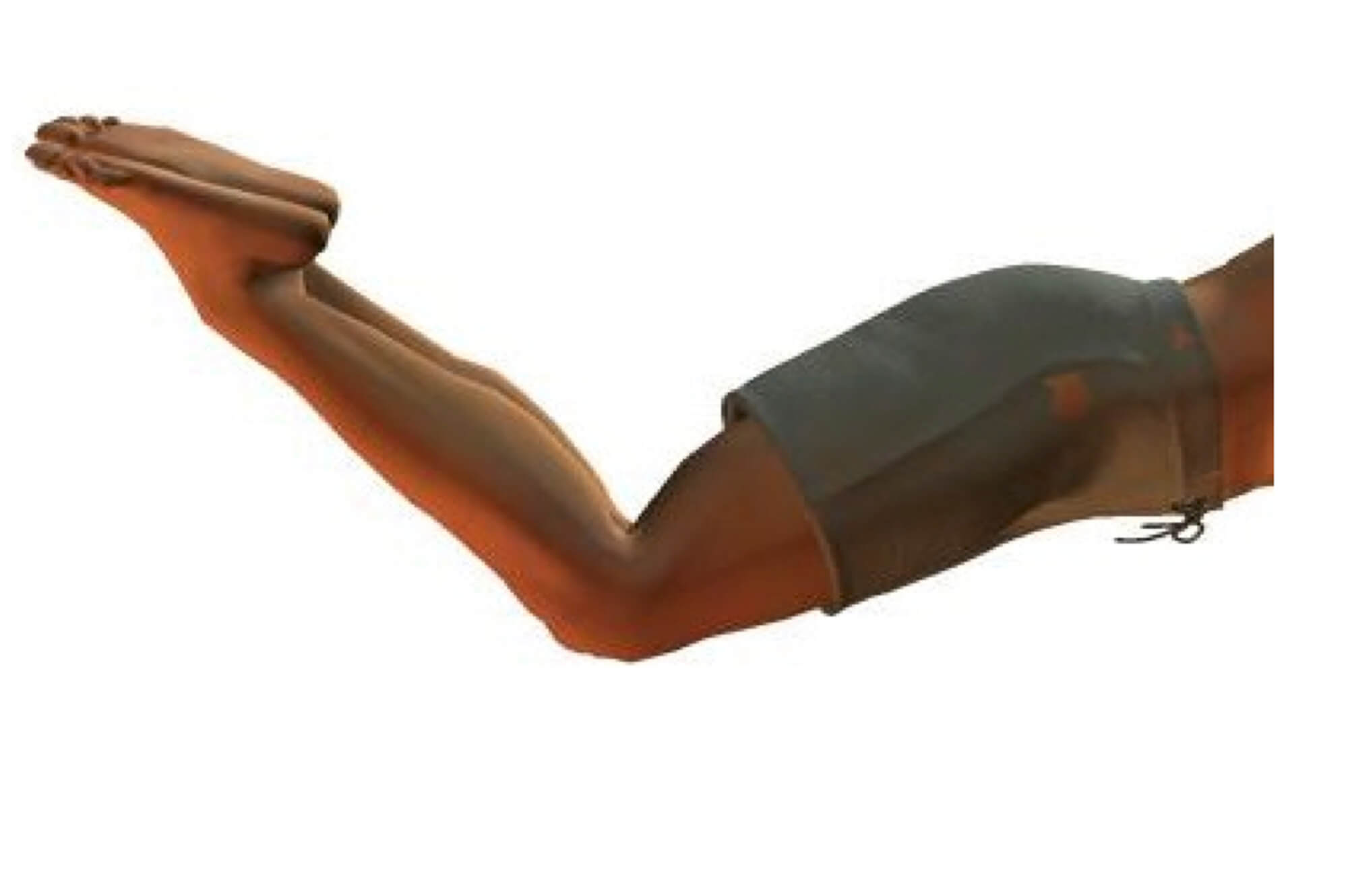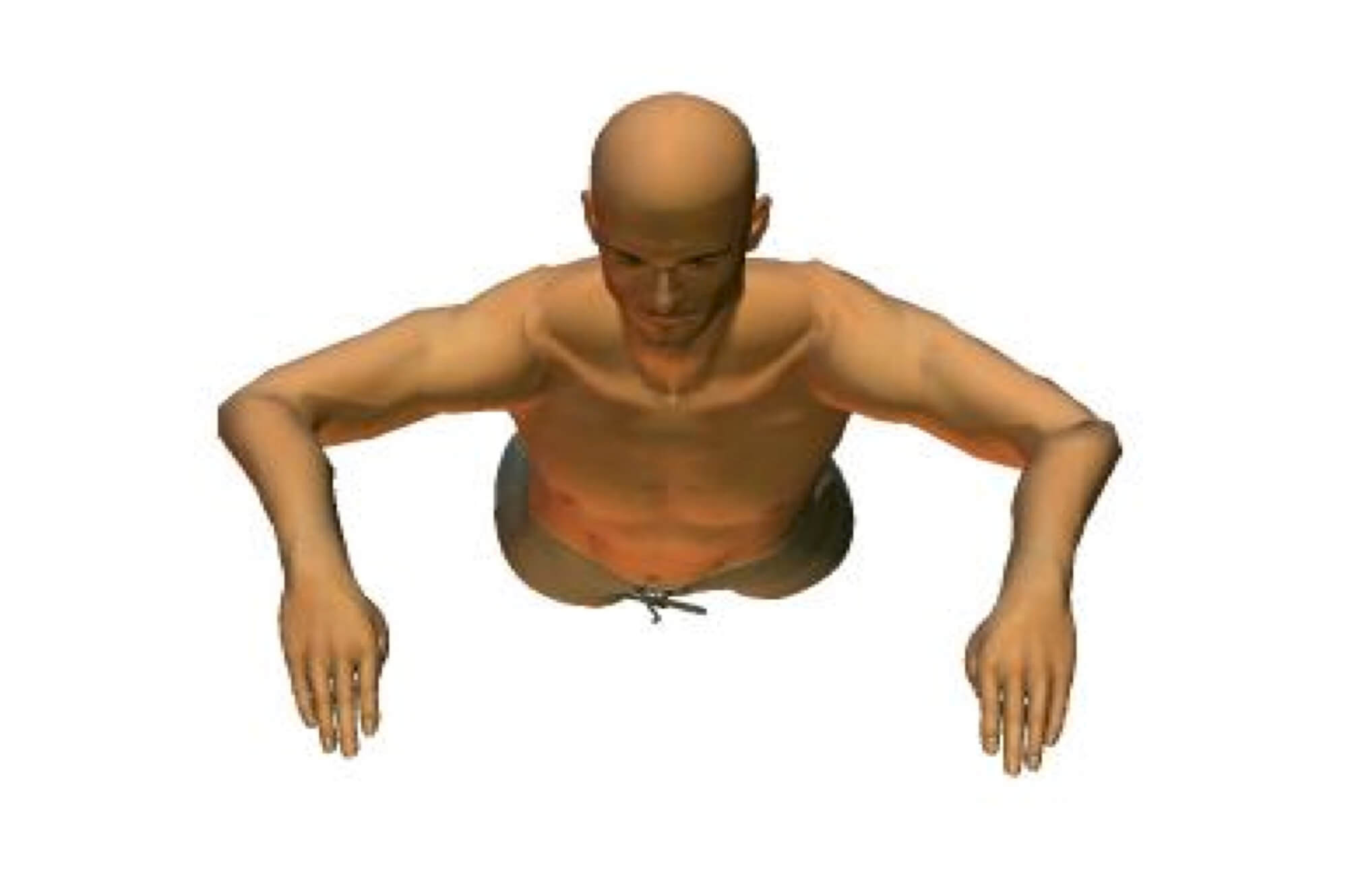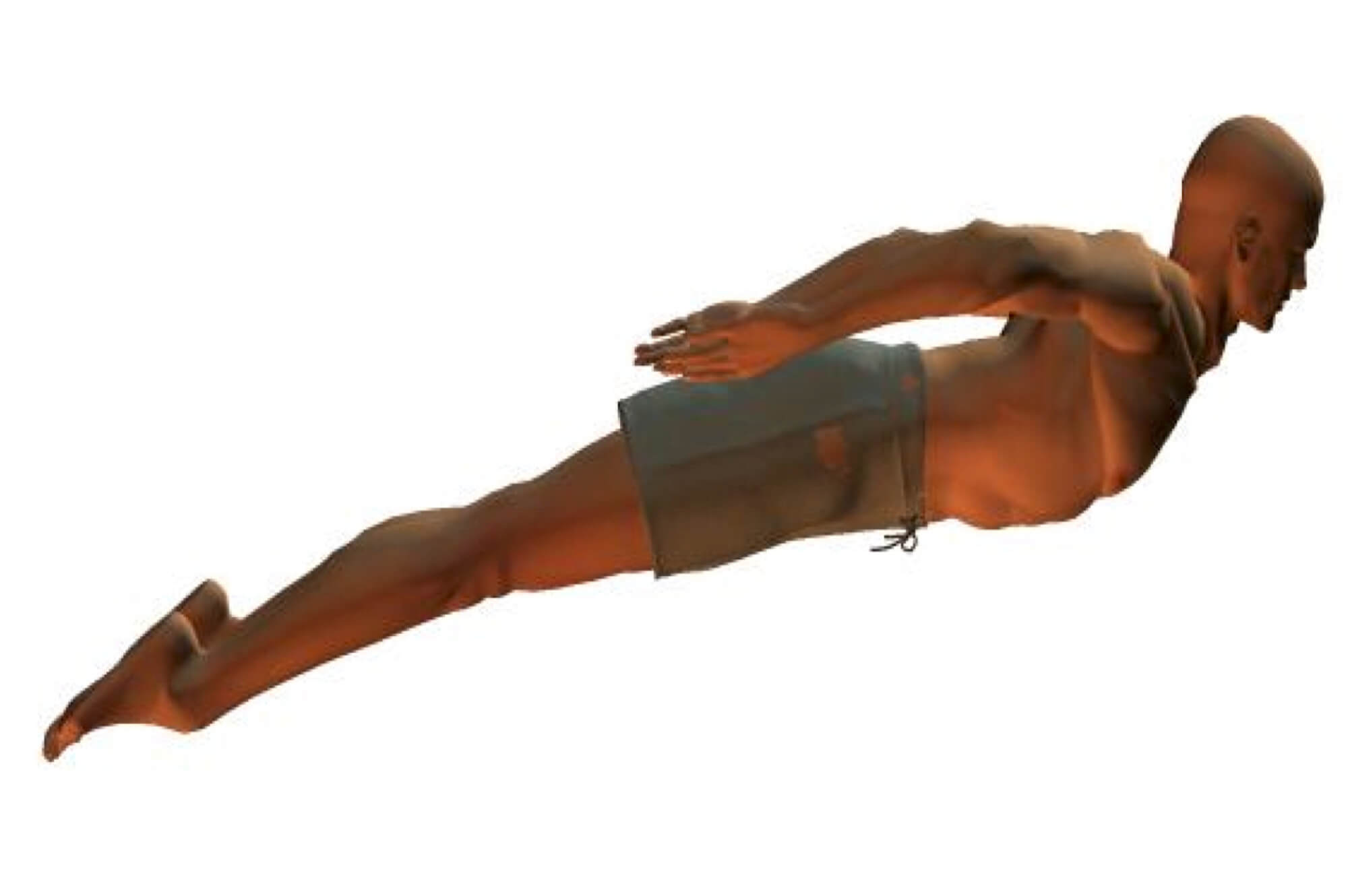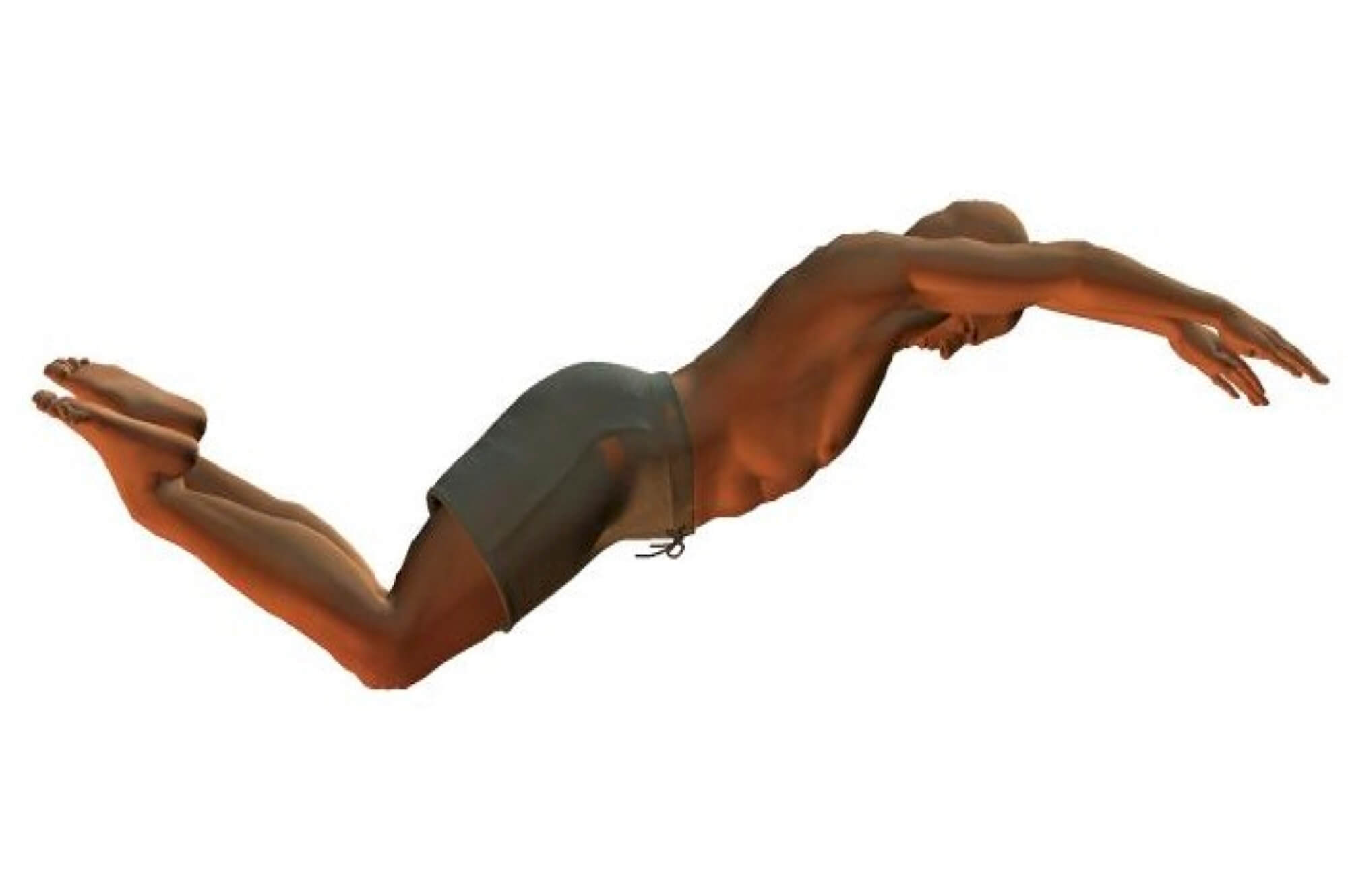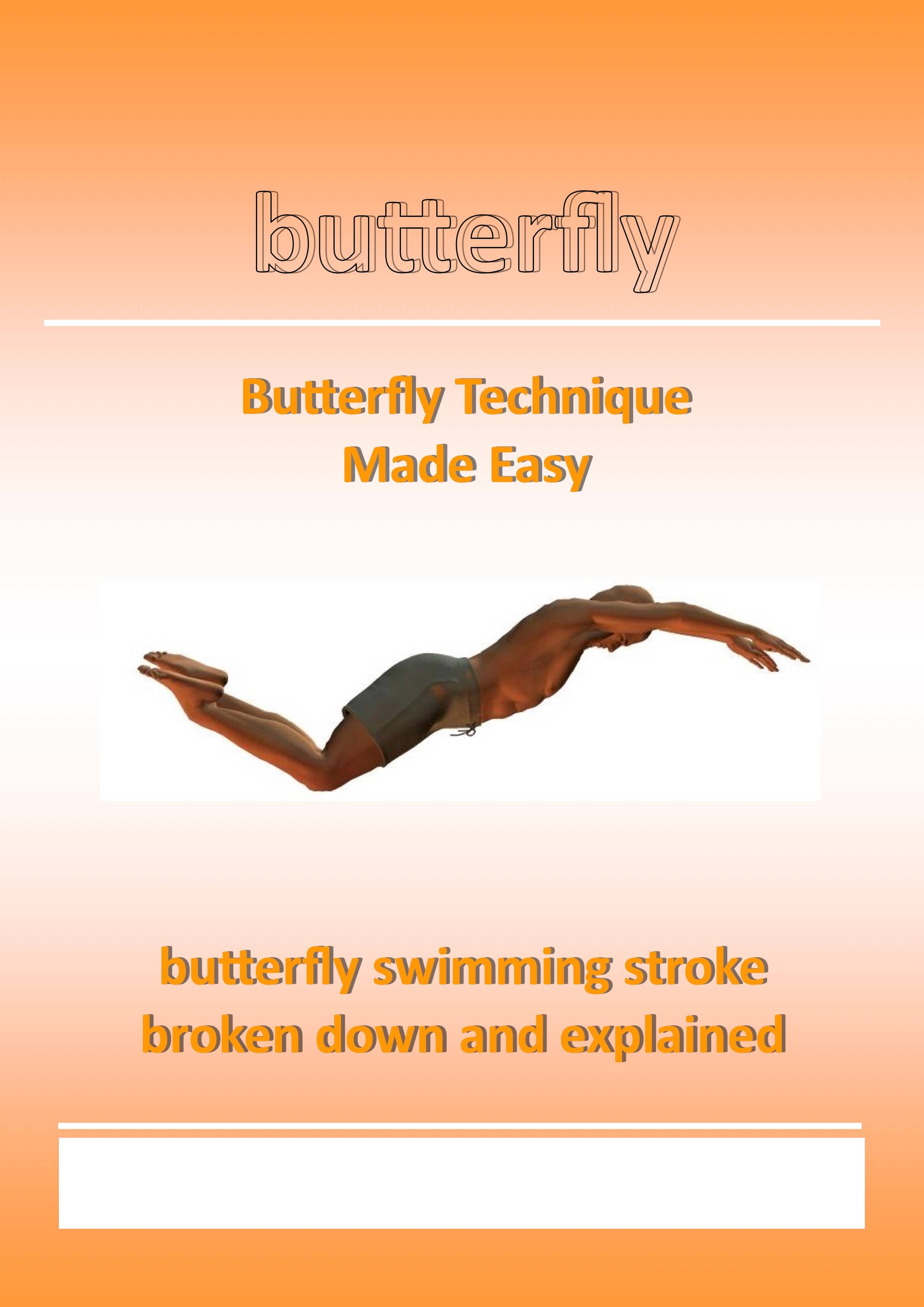- Swim Teach Home
- butterfly stroke
How To Do Butterfly Stroke
Have you always wanted to know how to do butterfly stroke? Maybe you can swim butterfly already, but you find butterfly swimming technique exhausting.
Either way, you have come to the right place!
Learning how to perform the butterfly stroke might seem daunting, but don't worry—I have broken it down for you into easy-to-understand steps. I have taken the butterfly swimming technique and divided it into its separate parts. That way, you will have a clear picture of what each part of your body should be doing at each point during the stroke.
HOW TO SWIM BUTTERFLY STROKE EBOOK: everything you need to master butterfly stroke swimming stroke. 16 easy drills that focus on each part of butterfly stroke technique. From body position to breathing and timing. Decades of teaching experience all packaged into 1 easy file. Download to your device and master swimming butterfly TODAY! (click here for a preview).
Don't miss out! Click here for more details on how to get your copy.
Butterfly Stroke Swimming Technique Video
The butterfly technique video below explains each part of the stroke and what your body should be doing as you swim.

FREE EBOOK: all of the technique tips here can be found in my 'Butterfly Stroke Technique' book, along with a couple of bonus drills to help you perfect some essential parts of the stroke.
Don't miss out! Click here to grab a FREE copy of my book.
How To Do Butterfly Stroke - The Essential Parts
1. Butterfly stroke body movement is a smooth, undulating motion that demands core strength and shoulder power. You can use dry land exercises to strengthen your core if needed. As the body undulates, you must maintain a stretched and streamlined position led by your head. Your shoulders should remain horizontal as the movement continuously flows.
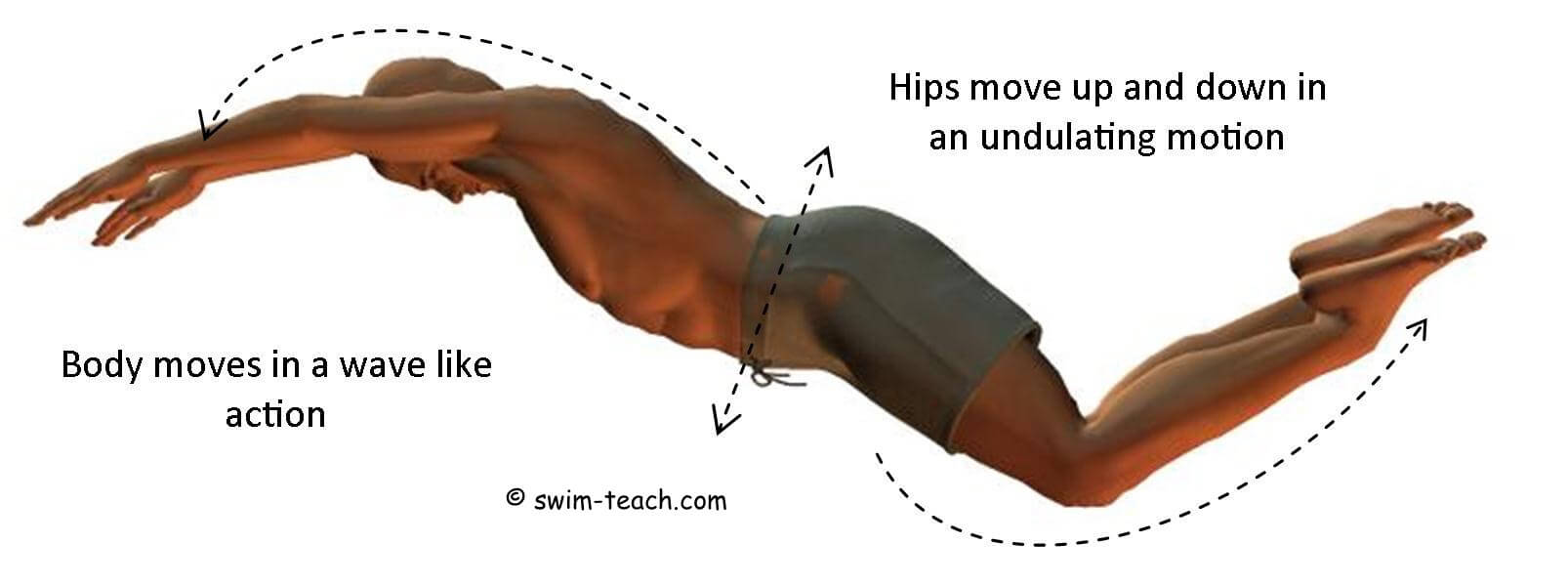
2. The Dolphin Kick is your leg movement as you swim the butterfly stroke. Imagine how a dolphin moves in the water or how a mermaid would swim, with an up-and-down movement of their tail fin. Practice this movement in the water by keeping your legs together and making a wave-like motion. Although the overall movement originates from the head, the kick starts from your hips. Let the wave of the kick move through your legs down to your toes. Your kick is simultaneous and rhythmical and remains within the body width. Your knees bend, ready to provide a powerful downbeat whip-like action, with your toes pointed and ankles relaxed.

3. The arm movements for butterfly stroke are big and powerful. Start with your arms straight out in front of you, with the hands entering the water, thumb and index finger first. Press your hands outwards and downwards in a powerful S-shape pathway towards your hips, where they exit the water. Your arms then recover over the water, ready to enter again, gaining maximum reach per stroke as they do so.

4. The tricky part about the butterfly stroke is getting your breath right. When your arms are in front of you, your head should be in the water (face-down). Depending on your ability, a breath should take place every stroke or every other stroke. When your arms pull down to your chest, lift your head to take a breath (face-up). You should exhale explosively as your head rises and then inhale quickly as your arms exit and your chin is clear of the water.

5. Once you've mastered the dolphin kick and arm movements, it's time to put it all together. Start with the dolphin kick and add in the arm movements. When your arms go down, your body should be on its way up (so you can breathe); when your arms go up, your head and body should dive down.

6. Timing is all about syncing your kicks and arm strokes. Typically, you'd do two kicks for each arm cycle, and you should follow a 'kick, pull, kick, recover' sequence. The first kick happens when your arms are in front of you (helping to lift your body to take a breath), and the second kick occurs when your arms pull towards your chest (helping to drive your body forward). Your arms recover over the water, and the cycle begins again.
Step By Step Butterfly Stroke For Beginners
Learning how to do butterfly stroke is challenging and requires time, patience, and practice. Don't feel disheartened if you can't get it right immediately. My book 'How To Swim Butterfly' has everything you need, including 20 separate exercises that focus and fine-tune each part of your technique. (click here for an instant preview)
Click the cover image to view a preview or click add to cart and grab a copy of my book now!
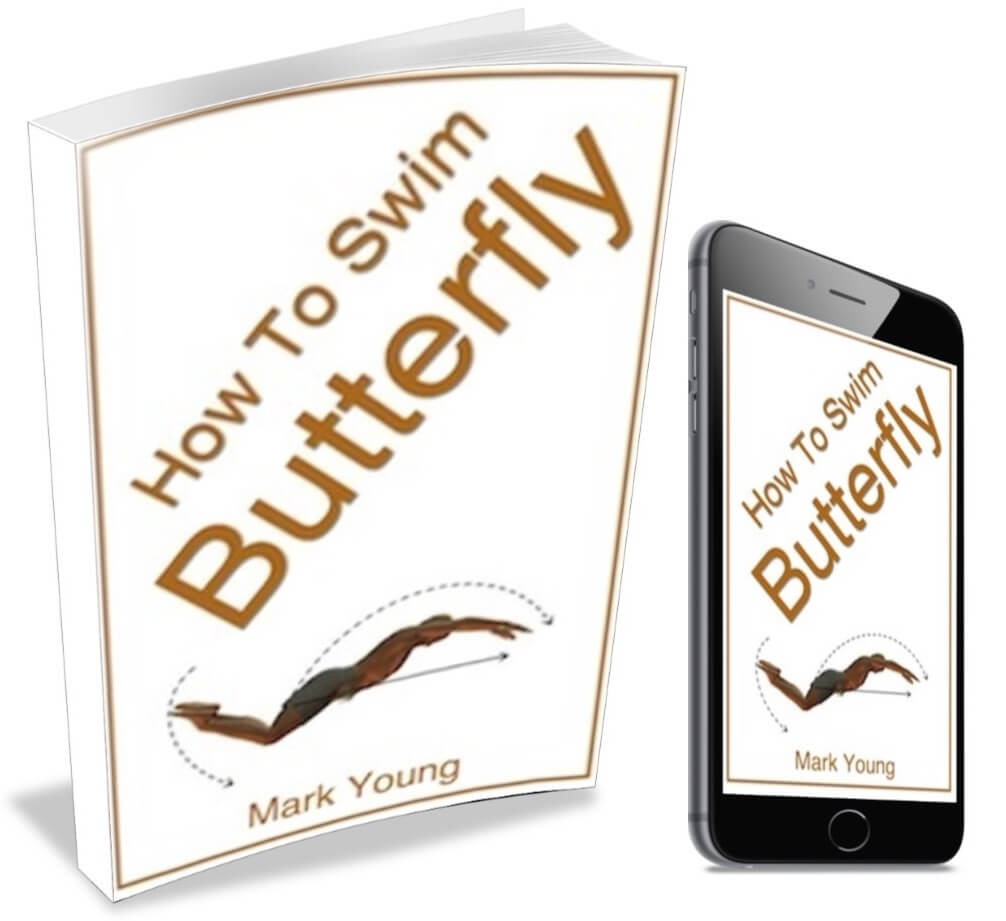 How To Swim Butterfly
How To Swim Butterfly$9.99

I am a member of the Amazon Associates Program and I will earn a commission from qualifying purchases at no extra cost to you.
Need Some Help or Got a Butterfly Stroke Story To Tell?
Tell Us - Ask Us - Show Us - Right here...

